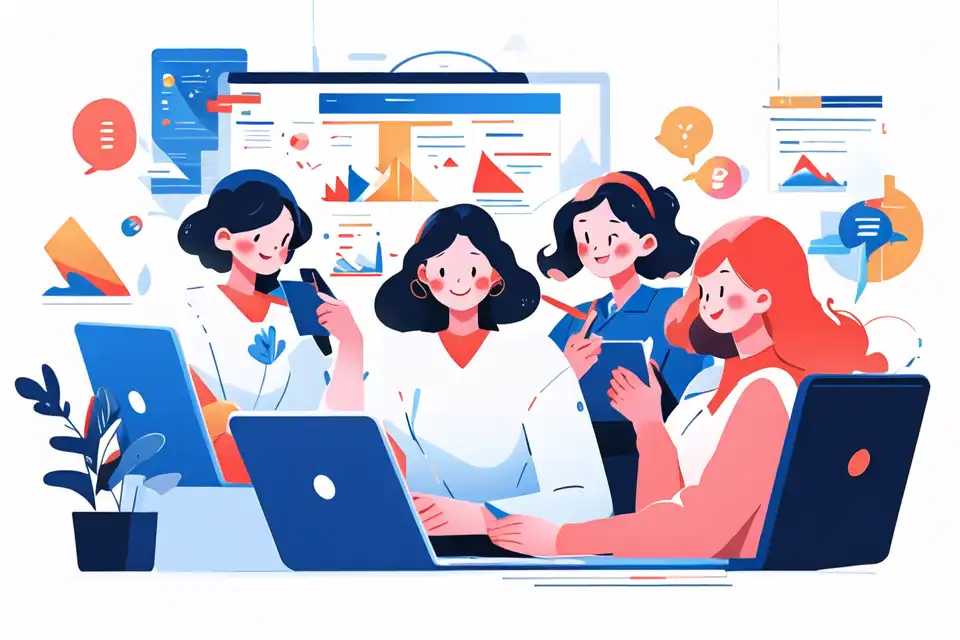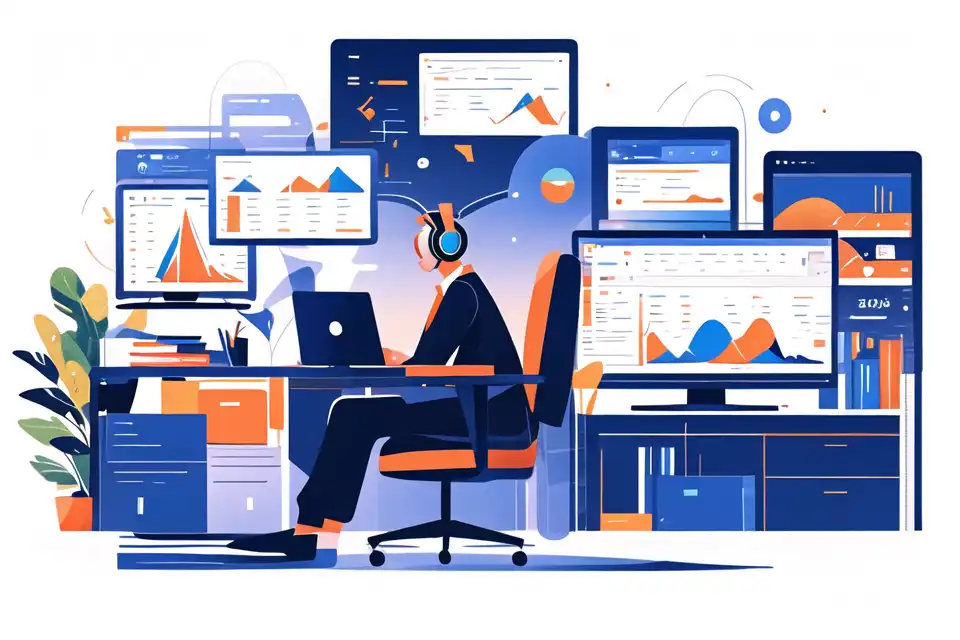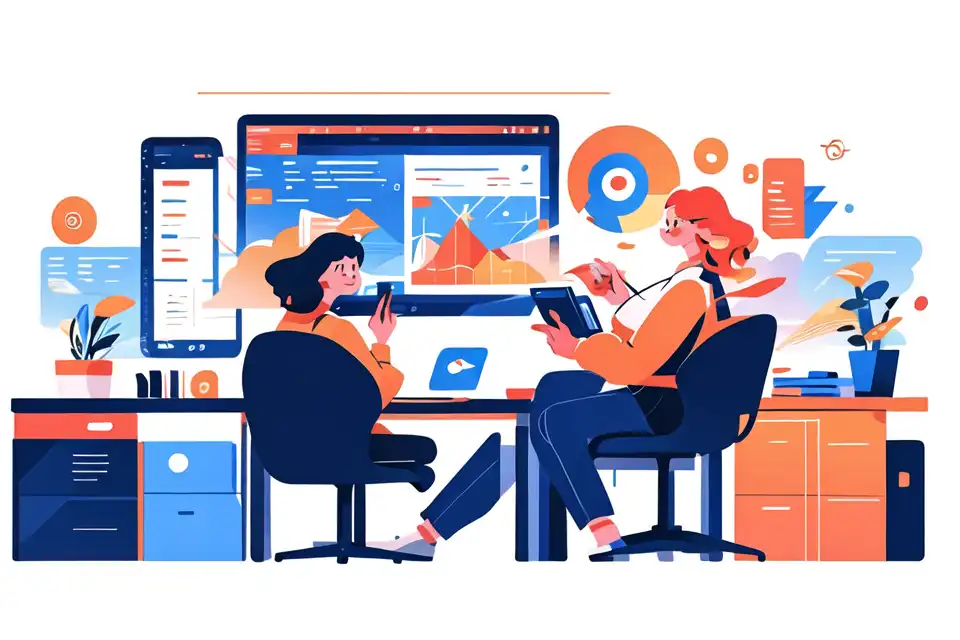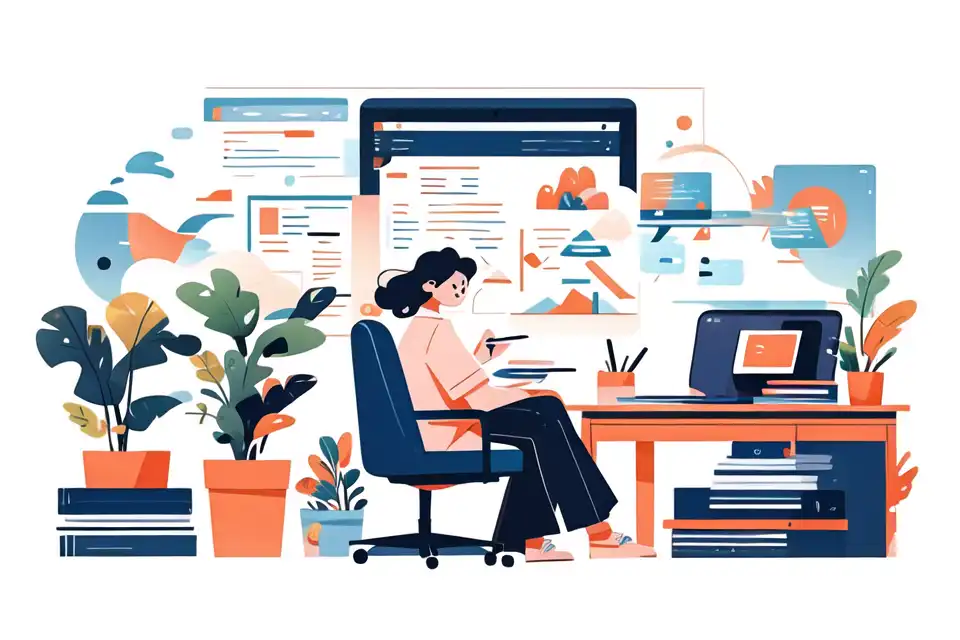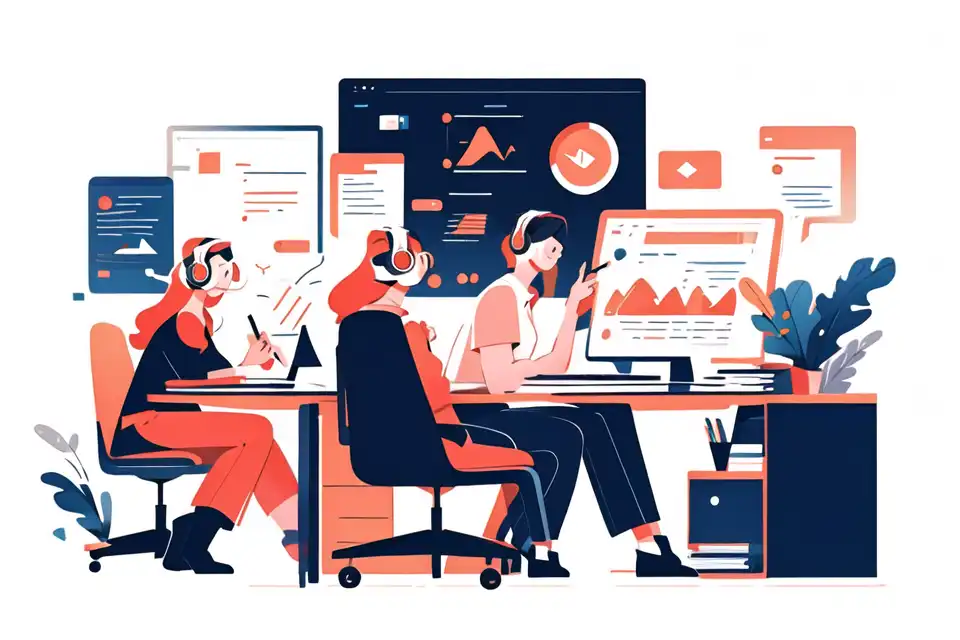How to Say Thank You in Email Professionally
Master the art of professional communication in business settings with expert guidance. Learn how to say thank you in email professionally.
Try Lark for Free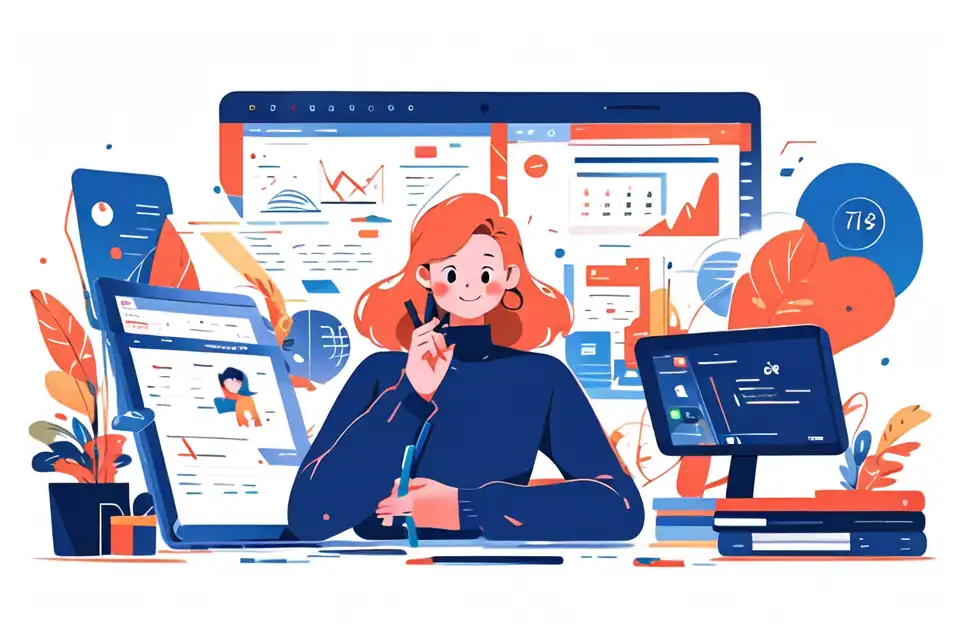
Gratitude is a fundamental aspect of effective communication, especially in professional settings. By acknowledging the efforts and contributions of others, professionals can reinforce positive interactions and build trust. In the context of email communication, the way in which gratitude is expressed holds immense value. This guide aims to illustrate the importance of professional gratitude in emails and provide actionable insights for mastering this essential aspect of professional communication.
Why is it important to understand how to express gratitude professionally in emails?
Expressing gratitude in a professional manner is crucial for fostering positive relationships and maintaining a respectful tone in email communications. Through this section, we will delve into the vital reasons for understanding and mastering professional expressions of gratitude in emails.
The significance of professional gratitude in business communication Professionals are expected to convey their appreciation in a manner that aligns with the formality and etiquette of the corporate environment. Understanding the significance of professional gratitude allows individuals to convey their appreciation effectively without undermining the professional context.
Impact of sincere appreciation in email correspondence Sincere expressions of gratitude have the potential to strengthen professional connections, ensure mutual respect, and leave a lasting positive impression. Emails enhanced with genuine gratitude create an atmosphere of mutual appreciation and cooperation, contributing to a harmonious professional environment.
Building and nurturing professional relationships through gratitude Consistently integrating gratitude into professional email communications not only fosters positive relationships but also demonstrates emotional intelligence and empathy. Professionals who prioritize gratitude display an awareness of others' contributions, creating a conducive environment for collaboration and mutual respect.
Use Lark Messenger to elevate your team communication.
Practical examples of expressing gratitude professionally in emails
Example 1: acknowledging support
Example 1: acknowledging support
Scenario: You have received valuable assistance from a colleague on a project. It’s essential to express your gratitude professionally.
Common Mistakes:
-
Being overly casual or abrupt in expressing gratitude.
-
Failing to specify the nature of the support provided.
Best Expression:
"I sincerely appreciate your prompt and thorough assistance with the recent project. Your expertise and commitment significantly contributed to its success. Thank you for your invaluable support."
Example 2: email follow-up after a meeting
Example 2: email follow-up after a meeting
Scenario: After a significant meeting, you need to express gratitude to the attendees for their time and contributions effectively.
Common Mistakes:
-
Sending a generic, impersonalized thank-you message.
-
Forgetting to acknowledge specific contributions made by the attendees.
Best Expression:
"Thank you all for your valuable insights and engagement during the meeting earlier today. Your input has provided a comprehensive perspective that will undoubtedly guide us toward our shared objectives. I genuinely appreciate your time and contributions."
Example 3: thanking a mentor or advisor
Example 3: thanking a mentor or advisor
Scenario: You are seeking guidance from a mentor or advisor, and it’s important to express genuine gratitude for their support.
Common Mistakes:
-
Failing to convey the specific impact of the mentor's support.
-
Using overly formal language that may convey insincerity.
Best Expression:
"Your guidance and mentorship have been invaluable to my professional growth. I am sincerely grateful for the time and effort you have invested in shaping my understanding and skills. Thank you for being an inspiring mentor."
Consequences of inadequate professional gratitude in emails
In professional settings, insufficient or inadequate expressions of gratitude can have several negative repercussions. This section will outline the potential consequences of not conveying gratitude effectively in email communication.
Negative implications of inadequate gratitude in email communication Failing to express gratitude in professional emails can lead to a lack of acknowledgment for contributions, which may hinder motivation and diminish the spirit of collaboration. Moreover, it can create an impression of indifference or ingratitude, potentially affecting professional relationships.
Impact on professional relationships and networking Inadequate gratitude in emails may reflect poorly on an individual’s professional image, impacting their ability to establish and maintain meaningful connections in the professional sphere. Professionals who neglect to express appreciation risk damaging relationships and missing out on future opportunities for collaboration and networking.
Influence on the overall tone and effectiveness of the email The absence of gratitude can significantly impact the overall tone and effectiveness of an email. Neglecting to convey appreciation may result in emails coming across as impersonal or detached, potentially undermining the intended message and diminishing the recipient's engagement.
Learn more about Lark x Communication
Use Lark Messenger to elevate your team communication.
Methods of phrasing professional expressions of gratitude in emails
The following methods offer effective approaches for articulating professional gratitude in emails, ensuring that it aligns with the formality and context of the professional environment.
Method 1: Direct Acknowledgment of Assistance or Favor When expressing gratitude for direct assistance, support, or favors received, it is essential to acknowledge the specific nature of the contribution and its impact on your work or objectives. Direct acknowledgment adds depth and sincerity to the expression of gratitude.
Method 2: Expressing Gratitude for Opportunities or Support When expressing gratitude for opportunities or support provided by colleagues, superiors, or collaborators, emphasize the significance of the gesture and the positive impact it has had on your professional growth, projects, or endeavors.
Method 3: Conveying Thanks for Collaborative Efforts In situations where collective efforts or collaboration have contributed to successful outcomes, communicate gratitude for the collective contributions, emphasizing the collaborative spirit and the value of the combined efforts.
Do's and don'ts of expressing professional gratitude in emails
| Do's | Dont's |
|---|---|
| Convey gratitude promptly and sincerely. | Avoid using generic or clichéd phrases without personalization. |
| Personalize the gratitude expression based on the recipient and the situation. | Do not delay or neglect to express gratitude when necessary. |
| Express gratitude in a manner that aligns with the professional context and formality. | Refrain from overusing gratitude expressions insincerely. |
Conclusion
In conclusion, understanding and mastering professional expressions of gratitude in emails is an essential component of effective communication in professional settings. By incorporating sincere and thoughtful expressions of gratitude in emails, professionals can enhance their professional image, strengthen relationships, and foster a culture of appreciation in their professional network.
